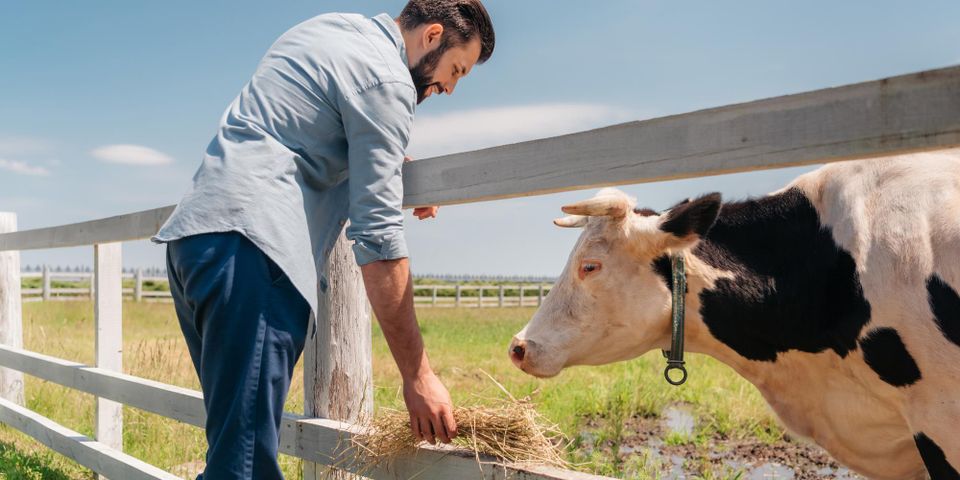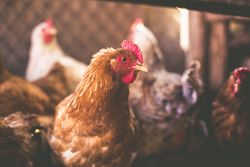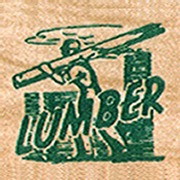
For farmers, the fence you use to secure and protect your property serves a higher function than just privacy or boundary lines. A solid fencing structure keeps your animals confined and safe from predators and can also help prevent wild animals from destroying valuable crop yields. With a wide variety of fencing options available, the building materials you use should be determined by its purpose. Here’s a closer look at three of the most useful fencing options.
Common Fencing Types for Farmers
1. Barbed Wire
An excellent choice for confining docile livestock, barbed wire keeps predators at bay using its signature steel barbs, which are spaced out across galvanized, coated steel wire. Classified as standard or suspension fencing, barbed wire fences are cost-effective and easy to maintain.
Building materials typically require three to five strands of wire between wood posts that are 15 to 25 feet apart. While barbed wire is an effective fencing solution for livestock and farm animals, it doesn’t typically prevent deer or wildlife from accessing agricultural fields and can be against zoning regulations in some rural areas.
2. Chicken Wire Fencing
 As its name suggests, chicken wire is commonly used on poultry farms to protect birds from foxes, hawks, and other small predators. Both cost-effective and convenient, chicken wire is lightweight and can be purchased in rolls ranging from 2 to 5 feet wide to be easily affixed to wood or metal posts.
As its name suggests, chicken wire is commonly used on poultry farms to protect birds from foxes, hawks, and other small predators. Both cost-effective and convenient, chicken wire is lightweight and can be purchased in rolls ranging from 2 to 5 feet wide to be easily affixed to wood or metal posts.
When using chicken wire fencing to protect your poultry, be sure to reinforce seams, which can be weakened by determined predators, as well as any gaps between the ground and the bottom of your fence line.
3. Wildlife Fencing
Typically used to keep plant-eating animals such as deer, rodents, and other wildlife from destroying crops, deer and wildlife fences are much taller than standard fences, often 6 feet tall or more, to discourage agile jumpers.
Made from a woven or knotted wire suspended between posts, wildlife fences feature graduated grid squares that start smaller near the ground to discourage lesser animals and rodents and become larger approaching the top. Wildlife fences are a versatile option for creating enclosures of various sizes and can be made of wood, metal, plastic, or a combination of materials.
If you need quality building materials for your next fencing project, contact the professionals at Huber Lumber Co in Cincinnati, OH. A full-service provider of lumber and building supplies, this locally owned business specializes in building materials for a variety of uses, including fencing, decks, and interior home improvements. Contact them today at (513) 731-4035 to speak with a friendly staff member or visit them online to learn more about their products and services.
About the Business
Have a question? Ask the experts!
Send your question

